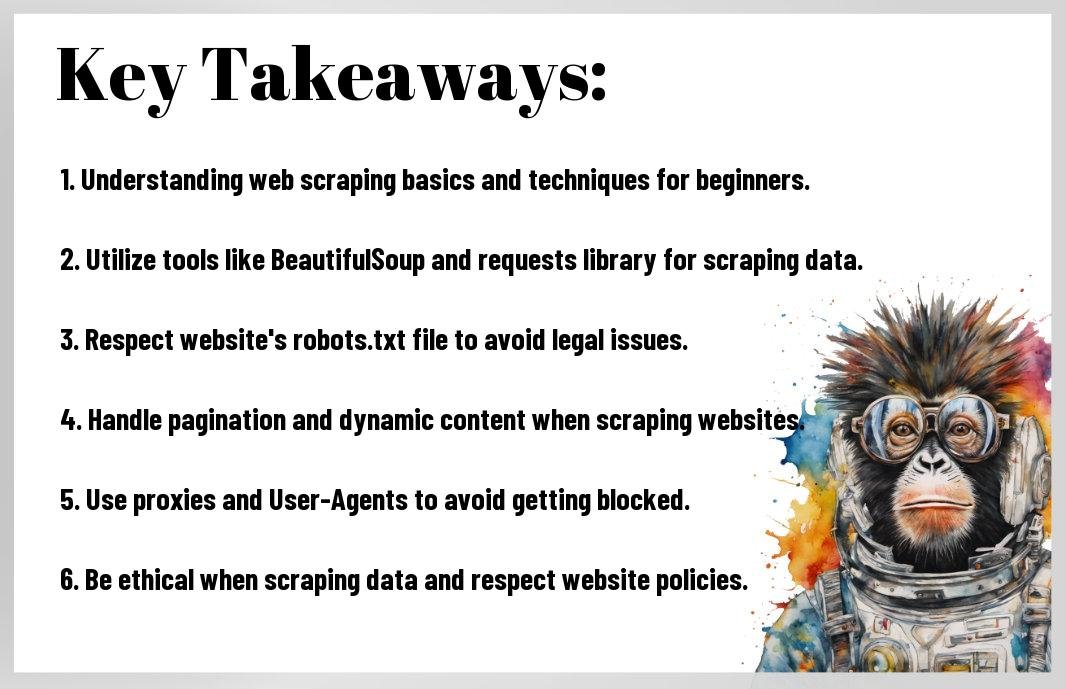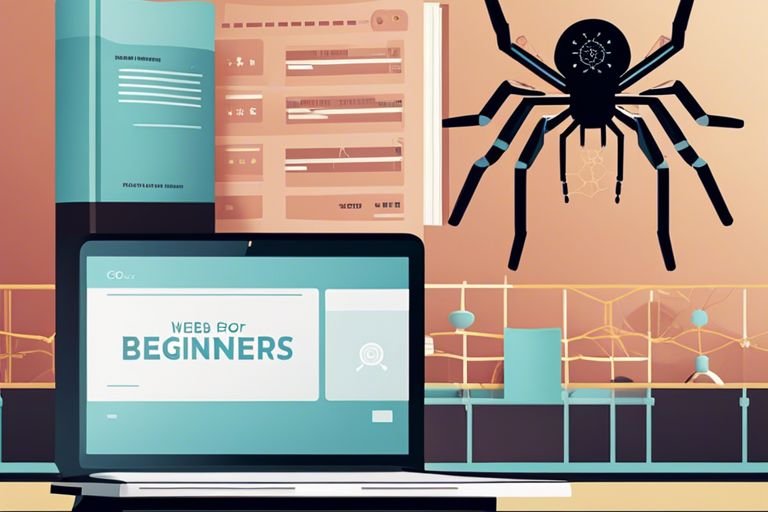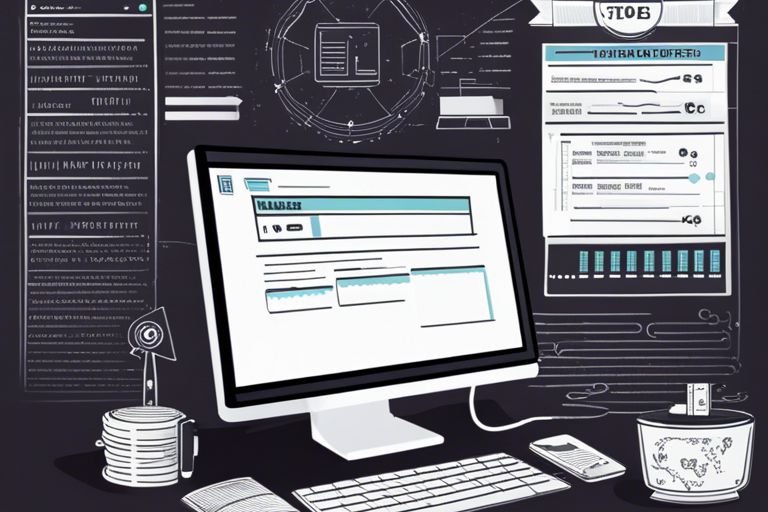Beginners, are you ready to examine the world of web scraping like a boss? In this ultimate guide, we will walk you through the basics of web scraping using Python, Requests, and BeautifulSoup, so you can extract valuable data like a pro. Check out the Ultimate Guide to Web Scraping with Python Part 1 and get ready to level up your data game!

The Fundamentals of Web Scraping
Understanding the Playing Field
On your journey to becoming a web scraping master, it’s crucial to understand the playing field. Web scraping is the art of extracting data from websites, but it comes with its own set of rules and challenges. You need to familiarize yourself with the basics of HTML, CSS, and the structure of websites to navigate the world of web scraping successfully.
Tools of the Trade: Scraping Software Breakdown
To kickstart your web scraping journey, you need the right tools in your arsenal. There are various scraping software options available, such as BeautifulSoup, Scrapy, and Puppeteer, each offering unique features and capabilities. It’s crucial to choose the tool that best suits your scraping needs and level of expertise.
Breakdown
Breakdown the different scraping software tools available to beginners, explaining the pros and cons of each. BeautifulSoup, known for its simplicity and ease of use, is perfect for those starting out in web scraping. On the other hand, Scrapy, with its advanced features and scalability, is ideal for more complex scraping projects. Lastly, Puppeteer, a powerful tool for scraping dynamic websites, offers ultimate control but requires a deeper understanding of JavaScript.
The Blueprint to Your First Web Scraping Mission
Identifying Your Target: What to Scrape
One of the first steps in your web scraping mission is to identify your target. Decide what specific data you want to extract from a website. It could be product prices, contact details, or any other information that can give you a competitive edge.
Crafting Your Strategy: Setting Up Your Scraper
An imperative part of your web scraping strategy is setting up your scraper. Choose a web scraping tool like BeautifulSoup or Scrapy, depending on your project requirements. Configure the scraper to navigate through the website’s HTML structure and extract the desired data efficiently.
Setting Up Your Scraper: More Information
With the right tools and techniques, setting up your scraper becomes a breeze. Make sure to familiarize yourself with the website’s robots.txt file to avoid scraping restricted areas. Set up your scraper to mimic human behavior by adding delays between requests to avoid getting blocked by the website.
Playing it Smart and Legal
The Rules of the Game: Web Scraping Etiquette
Many beginners often dive headfirst into web scraping without considering the rules of the game. It’s imperative to practice proper web scraping etiquette to avoid getting into trouble. Always respect the website’s terms of service, don’t overwhelm the server with too many requests, and be courteous in your scraping activities.
Avoiding the Penalties: Legal Considerations
To play the web scraping game smart, you need to be aware of the legal considerations involved. While web scraping itself is not illegal, it’s crucial to understand the legal landscape surrounding it. Make sure you’re scraping public data or data with the proper permissions to avoid potential legal penalties down the line.
Rules and regulations regarding web scraping can vary by country and website, so it’s imperative to stay informed and seek legal advice if you’re unsure about the legality of your scraping activities. By playing it safe and following the rules, you can enjoy the benefits of web scraping without risking legal repercussions.

Advancing Your Skills
Optimizing Your Tactics: Advanced Techniques
-
Advanced Techniques
1. Machine Learning 2. Browser Automation 3. API Scraping 4. User Authentication 5. Proxy Rotation 6. Headless Browsing 7. Content Parsing 8. Data Visualization
Your web scraping journey doesn’t end with the basics. To level up your skills, you need to master advanced techniques like machine learning for data analysis, browser automation for seamless scraping, API scraping for accessing structured data, and user authentication for accessing private websites. Proxy rotation and headless browsing can help you scrape efficiently and anonymously. Content parsing and data visualization are crucial for extracting and presenting valuable insights from the scraped data.
Analyzing the Score: Data Management Best Practices
Data management is key to successful web scraping. It involves organizing, storing, and analyzing the collected data to derive meaningful conclusions. Your web scraping efforts will be in vain if you neglect proper data management practices.
Final Words
Now that you’ve armed yourself with the knowledge and tools from ‘The Ultimate Guide To Web Scraping For Beginners’, it’s time to go out there and dominate the digital landscape. Bear in mind, success is not just about what you know, but how you use that knowledge to your advantage. Stay persistent, stay hungry, and keep hustling. The world is your oyster, and with web scraping skills in your arsenal, there’s nothing you can’t achieve. Get out there and make it happen!







Leave a Reply